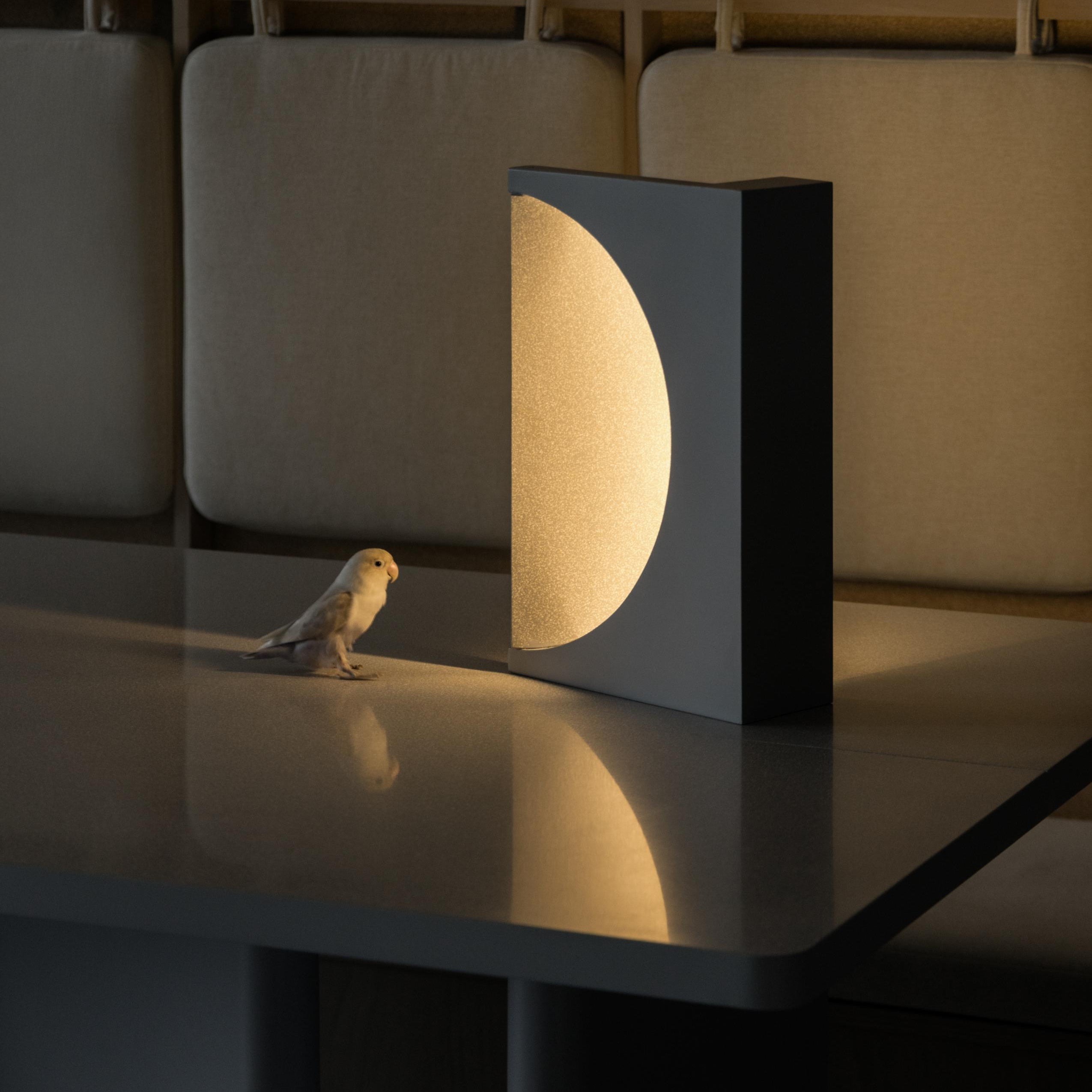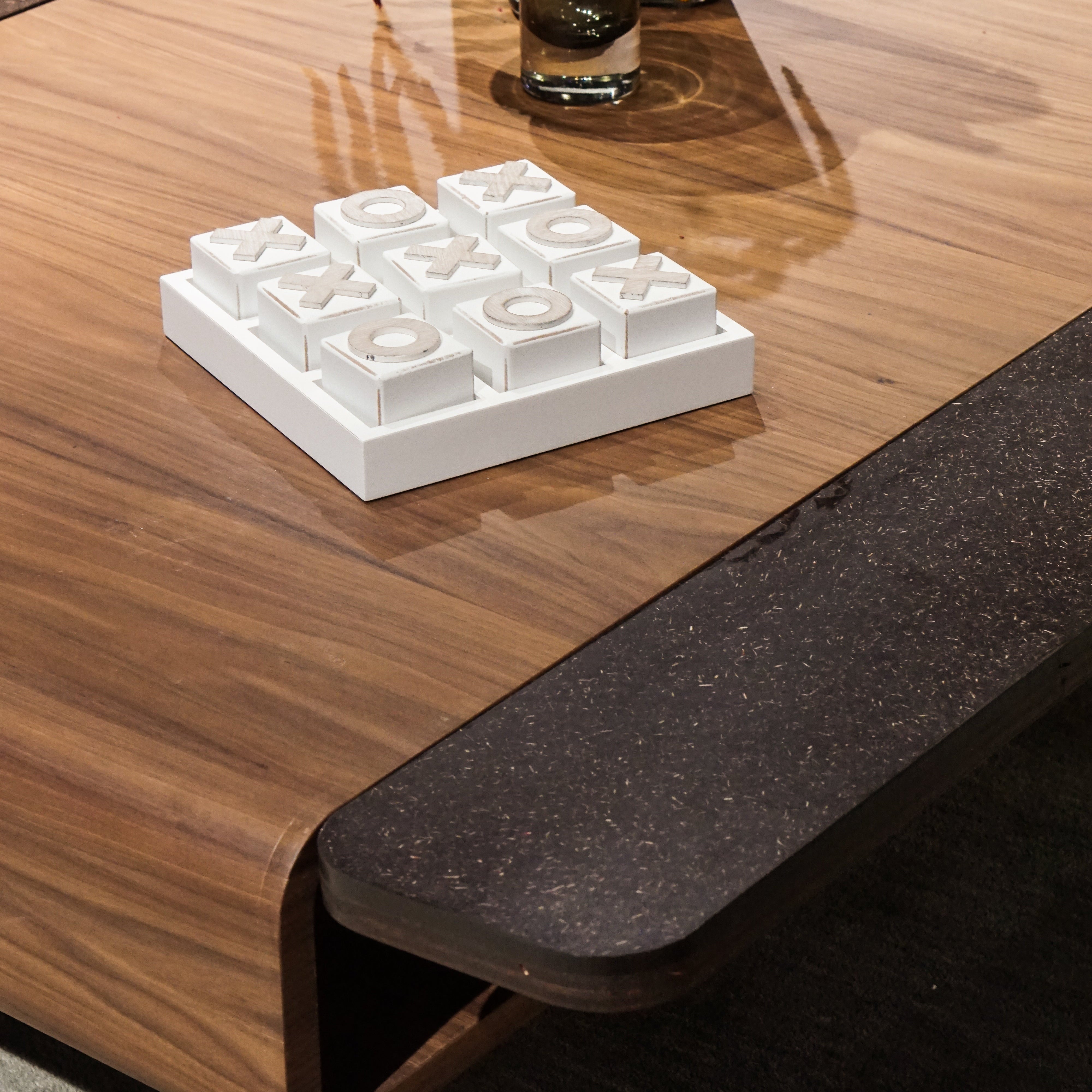
Photo Credit: Pass It On - Rattan Floor Lantern
Rattan is a growing trend that’s here to stay, and that’s something undeniably true - especially with it looking naturally effortlessly stylish in any interior. We see it pretty often in many different forms - as furniture, as storage elements and as decor accessories… but have you ever pondered on how it all comes from the same material yet it all looks and feels different at the same time?
In this blog article we’ll dive in to these topics to understand more on rattan:
- What is Rattan?
- Why is Rattan a Sustainable Material?
- Types of Rattan
- Rattan and its Characteristics
- Caring for Rattan
What is Rattan?

Photo credit: Orchid Edition
Rattan is essentially a type of creeping plant or climbing palms, belonging to the Palm family (Palmae or Arecaceae). They grow beneath large trees often found in the tropical forests in the South East Asia region. With over 600 different types of species out there, it's no wonder rattan comes in different varying forms especially in terms of size and its flexibility.
Why is Rattan a Sustainable Material?

Rattan is a non-forest timber product (NTFPs), a product or service other than timber that is produced in forests, therefore rattan is considered a plant type and not a tree. Instead, because trees are needed in order to harvest rattan and these trees remain untouched after harvesting, this makes it one of the key features contributing to its sustainability factor.
Rattan is also known for growing 7 times faster than a tree, and is also much lighter than wood - with these facts alone it makes it an attractive sustainable resource.
Types of Rattan - Rattan Pole, Cane Rattan & Rattan Reed
We often see rattan in different forms, sometimes they can be sturdy and used as furniture whilst sometimes they can be used as a soft material in baskets. How is that so? When harvesting rattan, it can be classified into 3 main types - Rattan Pole, Cane Rattan & Reed Rattan.

Photo credit: Pass It On - Rainbow Rattan Hook

Photo credit: Pass It On - Rattan Floor Lamp
Rattan Pole
Rattan poles are most commonly found in furniture and larger home decor accessories, originating from the core of the rattan plant itself. Its strength, durability combined with flexibility makes it versatile to fabricate relatively strong structures and forms often by using heat through fire or by boiling.

Photo credit: Unsplash
Cane Rattan
Cane Rattan can be easily identified with thin woven accents originating from the outer skin/bark of the rattan poles. Cane Rattan is mostly used for its flexibility such as for the back of a chair or as a cabinet door panel, commonly known as cane webbing, with various methods of weaving.

Rattan Reed
Rattan and its Characteristics

Now that we know how to identify rattan, what exactly about it that makes it so unique and popular?
Its natural look and light colour gives it an aesthetic appeal in relation to trending styles - but its resistance to humidity, high temperatures as well as insects truly makes it a winner, especially in a humid country like Singapore.
Caring for Rattan

Photo credit: HGTV
As with everything that’s natural, a little TLC is required to ensure that it can last for a long time. A simple wipe down or vacuum on a monthly basis is ideal just to remove dust from where dust can easily collate in its nooks and crannies. Ensuring that it's not overly exposed to sunlight is also ideal in order to maintain its natural colour.
Now that you know a little bit more about rattan and all the good it can offer, how about switching your selection of home decor products to rattan for a more sustainable home?







Leave a comment